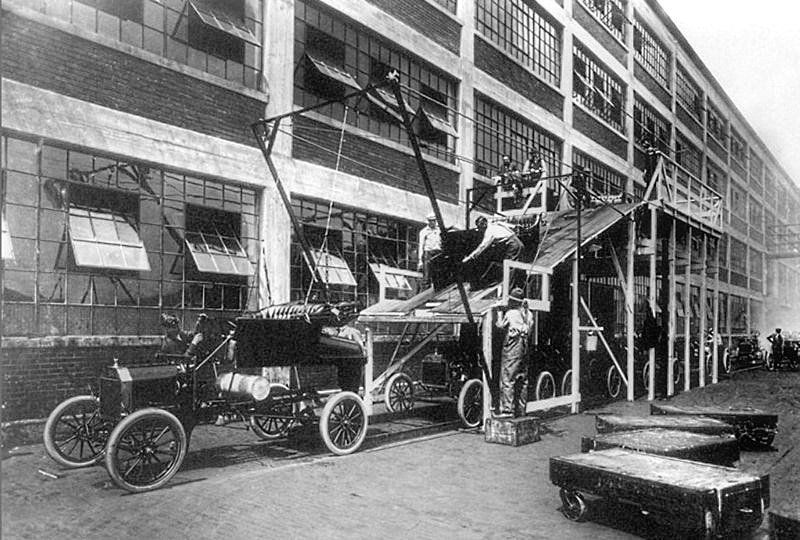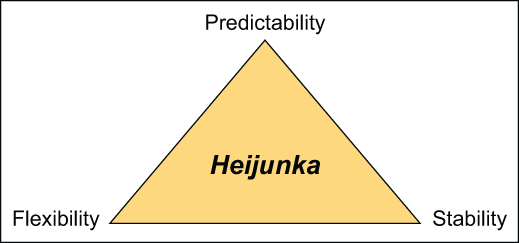Alcoa is one of the world?s largest aluminium smelting and casting multinationals, and involves itself in everything from tin cans, to jet engines to single-forged hulls for combat vehicles. Energy costs represent 26% of the company?s total refining costs, while electricity contributes 27% of primary production outlays. Its Barberton Ohio plant shaved 30% off both energy use and energy cost, after a capital outlay of just $21 million, which for it, is a drop in the bucket.
Aluminium smelting is so expensive that some critics describe the product as ?solid electricity?. In simple terms, the method used is electrolysis whereby current passes through the raw material in order to decompose it into its component chemicals. The cryolite electrolyte heats up to 1,000 degrees C (1,832 degrees F) and converts the aluminium ions into molten metal. This sinks to the bottom of the vat and is collected through a drain. Then they cast it into crude billets plugs, which when cooled can be re-smelted and turned into useful products.
The Alcoa Barberton factory manufactures cast aluminium wheels across approximately 50,000 square feet (4,645 square meters) of plant. It had been sending its scrap to a sister company 800 miles away; who processed it into aluminium billets – before sending them back for Barberton to turn into even more wheels. By building its own recycling plant 60 miles away that was 30% more efficient, the plant halved its energy costs: 50% of this was through process engineering, while the balance came from transportation.
The transport saving followed naturally. The recycling savings came from a state-of-the-art plant that slashed energy costs and reduced greenhouse gas emissions. Interestingly enough, processing recycled aluminium uses just 5% of energy needed to process virgin bauxite ore. Finally, aluminium wheels are 45% lighter than steel, resulting in an energy saving for Alcoa Barberton?s customers too.
The changes helped raise employee awareness of the need to innovate in smaller things too, like scheduling production to increase energy efficiency and making sure to gather every ounce of scrap. The strategic change created 30 new positions and helped secure 350 existing jobs.
The direction that Barberton took in terms of scrap metal recycling was as simple as it was effective. The decision process was equally straightforward. First, measure your energy consumption at each part of the process, then define the alternatives, forecast the benefits, confirm and implement. Of course, you also need to be able to visualise what becomes possible when you break with tradition.
Contact Us
- (+353)(0)1-443-3807 – IRL
- (+44)(0)20-7193-9751 – UK





